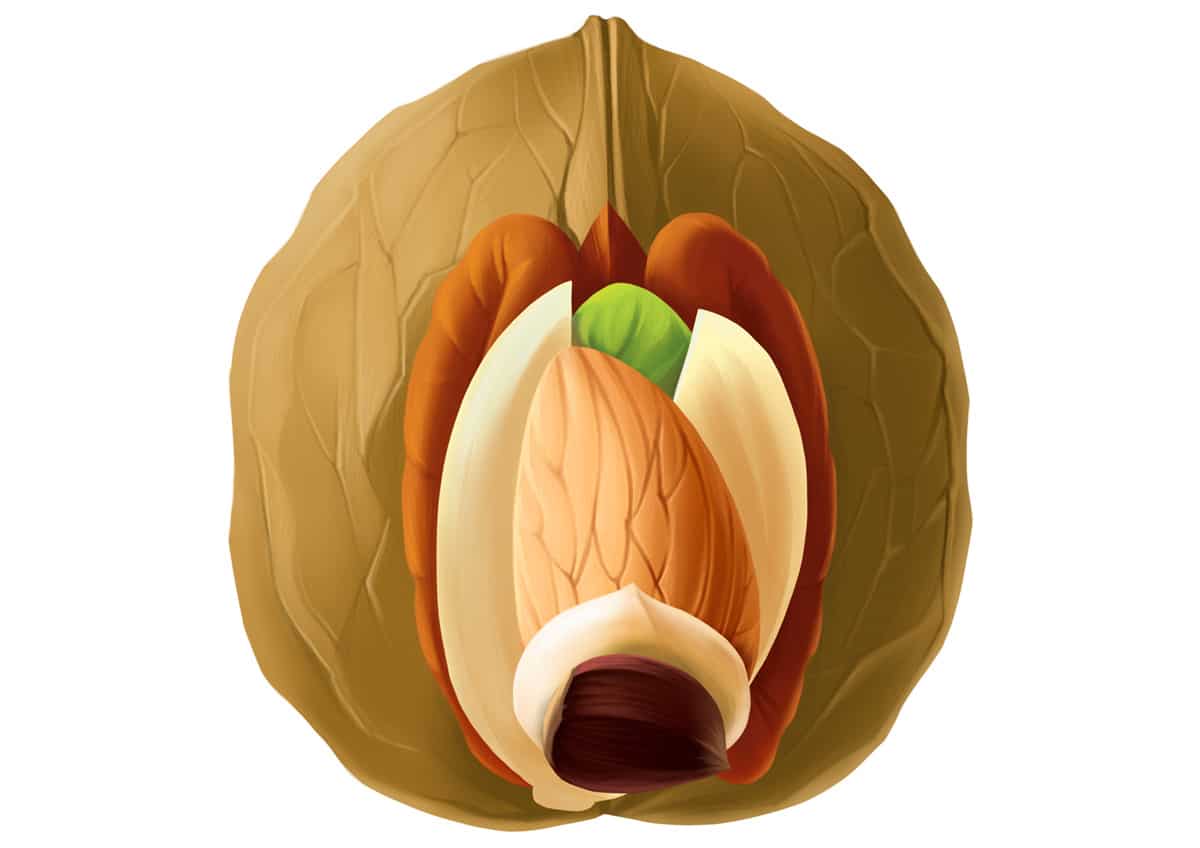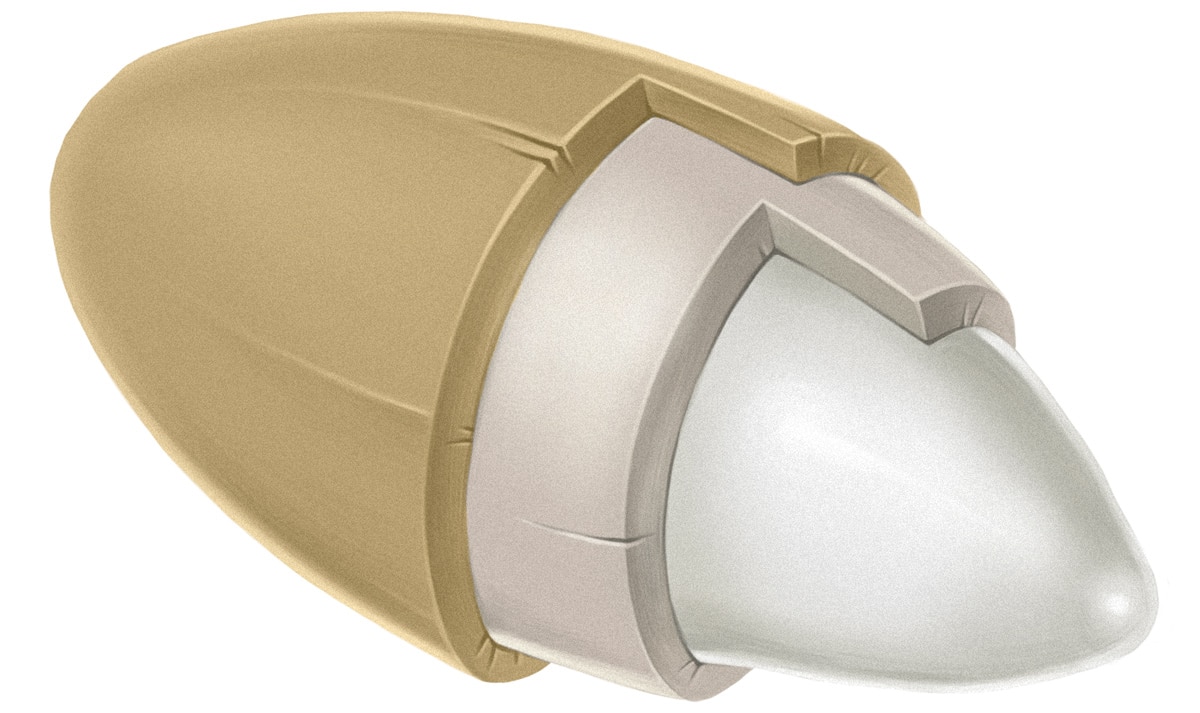For some foods, even the newest newbies can immediately tell whether or not they're Paleo. Salmon? Yes. Oreo Frosty? No.
But then there are other foods where people often get confused, sometimes because the food has a weird name and sometimes because it's legitimately in a gray area.
Don't Take This the Wrong Way.
Just because a food isn't strictly Paleo, doesn't mean it isn't right for you. There's no law where you have to be 100% perfect at Paleo eating or you get kicked out of the clubhouse. It's OK to eat mostly Paleo but make a deliberate choice to include some non-Paleo foods in your diet for whatever reason makes sense to you. But the point is that you should be making an informed decision to include that non-Paleo food in your life, not unintentionally eating something because you think it's something else.
In the same vein, just because a food is strictly Paleo, doesn't mean it's right for you. Eggs are Paleo, but lots of people have egg allergies and can't eat them. The same goes for shrimp and nuts. There's nothing wrong with these foods in theory, but they're not right for everyone.
Tyler Durden was wrong: you are a special snowflake! So with that said, here's an explanation of 5 commonly confused and misunderstood foods.
1. Corn
Many people think of corn as a vegetable. It's often served like a vegetable, especially in frozen vegetable mixes. But corn isn't a vegetable. It's a grain. And that puts it firmly in the "non-Paleo" category. Granted, corn is a gluten-free grain. But it's still a grain, and gluten isn't the only problem with grains.
A lot of gluten-free products are made with corn flour, which is one reason why gluten-free does not equal Paleo. Check the ingredients list before you buy! Don't rely on front-of-package advertising claims like "gluten-free" or "natural."
In terms of non-Paleo foods, corn is far from the worst thing you could be eating. But before you decide to include in your diet, make sure you understand what you're including. It's fine to make an informed choice that corn is a non-Paleo food that fits into your life, but it's not so great to eat it thinking it's Paleo.
2. Peanuts

...They aren't nuts.
Peanuts are legumes, the same family of plants as lentils, beans, and soy. That makes them officially non-Paleo for reasons you can read about here.
That means peanut butter, mixed nuts that include peanuts, any kind of nuts roasted in peanut oil - all of it is off the Paleo table, at least if you're being super-strict about Paleo. In many recipes, you can substitute with almond butter or another nut butter without really changing the recipe much, so it's not a huge sacrifice for most people to make.
Again, some people choose to eat peanuts once in a while. But if you're choosing to do that, it should be an informed choice, not a mistake.
3. White Potatoes
White potatoes, the food that launched a thousand angry internet rants! Sometimes it feels like 90% of people in the Paleosphere have already made up their minds about what they're going to think about white potatoes, and they're determined to stick to it regardless of any evidence they see.
But for the 10%, here's the quick rundown on white potatoes:
Carbs. White potatoes are high in carbs, but not any higher than sweet potatoes. In fact, the carb content of white potatoes is slightly lower. Let's take a look at the USDA nutrient database.
- Raw white potatoes: 16 grams of carbohydrate per 100 grams of raw potatoes.
- Raw sweet potatoes: 20 grams of carbohydrate per 100 grams of raw potatoes.
It makes precisely 0 sense to eat sweet potatoes but avoid white potatoes because they're "too high in carbs." If you're avoiding both white and sweet potatoes to keep carbs low, then congratulations: you're being consistent and logical about carb-cutting and hopefully it's working out really well for you. But even if that works for you personally, Paleo doesn't prescribe any one particular carb level for everyone. Some people do very well with carbs. Other people do very well with no carbs. That doesn't make carbs "good" or "bad." It means that they're appropriate for some people and not for others.
Glycemic index. White potatoes have a higher glycemic index than sweet potatoes, which doesn't matter because the glycemic index means almost nothing unless your entire meal is just plain boiled white potatoes with nothing else. Next!
Nutrients. White and sweet potatoes have different nutrients, but they're about equally nutritious overall. If you're curious, you can read more about white potatoes and see a fancy little comparison chart of different nutrients here.
White potatoes with a green tinge on the end should be avoided, since they have high levels of gut-irritating saponins. But other than that, there aren't really antinutrients in white potatoes that would make them dangerous in general. There's no reason to ban them from the Paleo plate for people who do well with them.
White potatoes can be part of a Paleo diet if they sit well with you. They're optional. If you don't like them or don't do well with them, don't eat them - but that doesn't make them "bad" in general. It just means they're not right for you.
4. Rice

Rice is a grain. But it's a gluten-free grain and some people in the Paleo world (notably Paul Jaminet of the Perfect Health Diet) support eating white rice as a decent source of glucose for people who need extra carbs.
Why white rice? Brown rice is brown because it has an extra layer around the grain. That extra layer has most of the nutrition in the rice, but it also has antinutrients that can irritate the gut. In white rice, that extra layer has been polished off, so the rice has fewer nutrients (unless it's been fortified with extra nutrients added after polishing) but also fewer gut irritants.
For people who need a carb/calorie supplement, white rice is a reasonably inoffensive and cheap way to get that. There are some people in this world who need a carb/calorie supplement - people who are underweight because they're recovering from malabsorptive diseases, athletes who train really hard, kids who struggle to get enough to eat.
But for most people who start Paleo to lose weight, white rice probably isn't something that will really get you closer to that goal. If you want carbs, there are plenty of more nutrient-dense carb sources - both white and sweet potatoes are more nutritious than white rice. A good policy might be to save the rice for eating out or special occasions and focus on more nutrient-dense foods for everyday meals.
5. Green Beans/Bean Sprouts
Lima beans, kidney beans, and other types of beans aren't Paleo. So why do green beans and bean sprouts get a pass?
Basically, the answer is that there's no magic power in the name "beans" that makes a food unhealthy just by being attached to it. "Beans" is just a word. And English is weird and occasionally uses misleading names for things - just look at "peanuts" (not actually nuts) and "eggplant" (not actually an egg, although that would be a pretty interesting-looking chicken!) The names of foods don't always reliably group them by nutritional quality!
The problem with Lima beans and kidney beans and most other "beans" isn't the name "beans;" it's the antinutrients and gut irritants found in them. Green beans and bean sprouts have the same name, but not the same problems.
- Green beans: are much lower in antinutrients than most beans. Most of the bulk of a green bean is the fiber-rich pod. You can read a full breakdown of all the antinutrients that aren't in green beans here.
- Bean sprouts: are almost entirely fiber and water. Also, they're not the same part of the plant as the actual bean and they don't need antinutrients to protect their stored nutrients. They're basically harmless, and a decent source of Vitamin C.
If you're trying for 100% Paleo purism, then you might consider eliminating them, but for the vast majority of people, it's unnecessary.
There is no One True Way to Paleo.
Again, just because a food is "officially" Paleo doesn't mean anyone has to eat it. Plenty of Paleo foods might not work for your body or your goals. That's OK! But if you're choosing to eat a non-Paleo food or to avoid a Paleo food, it should be an informed choice, not a mistake or a misunderstanding.





Lisa says
Excellent article! Thanks for sharing, Rick!